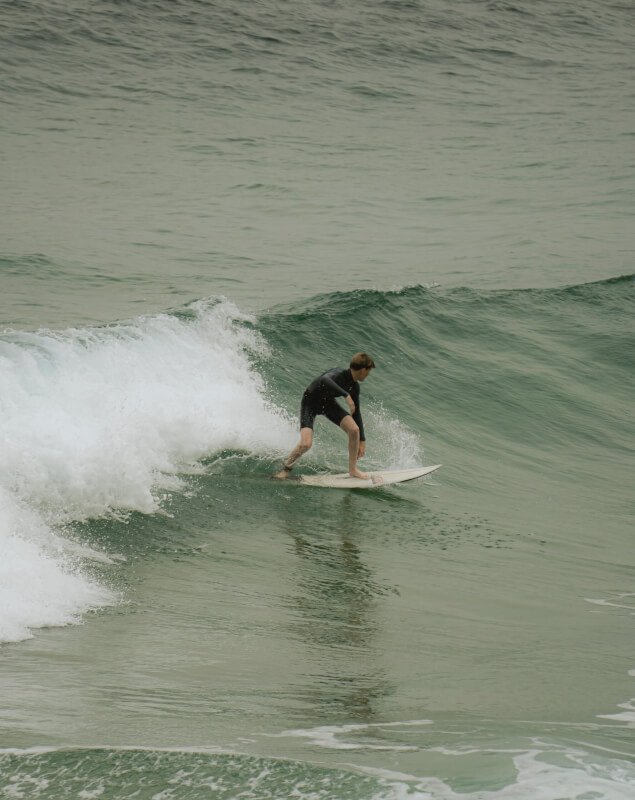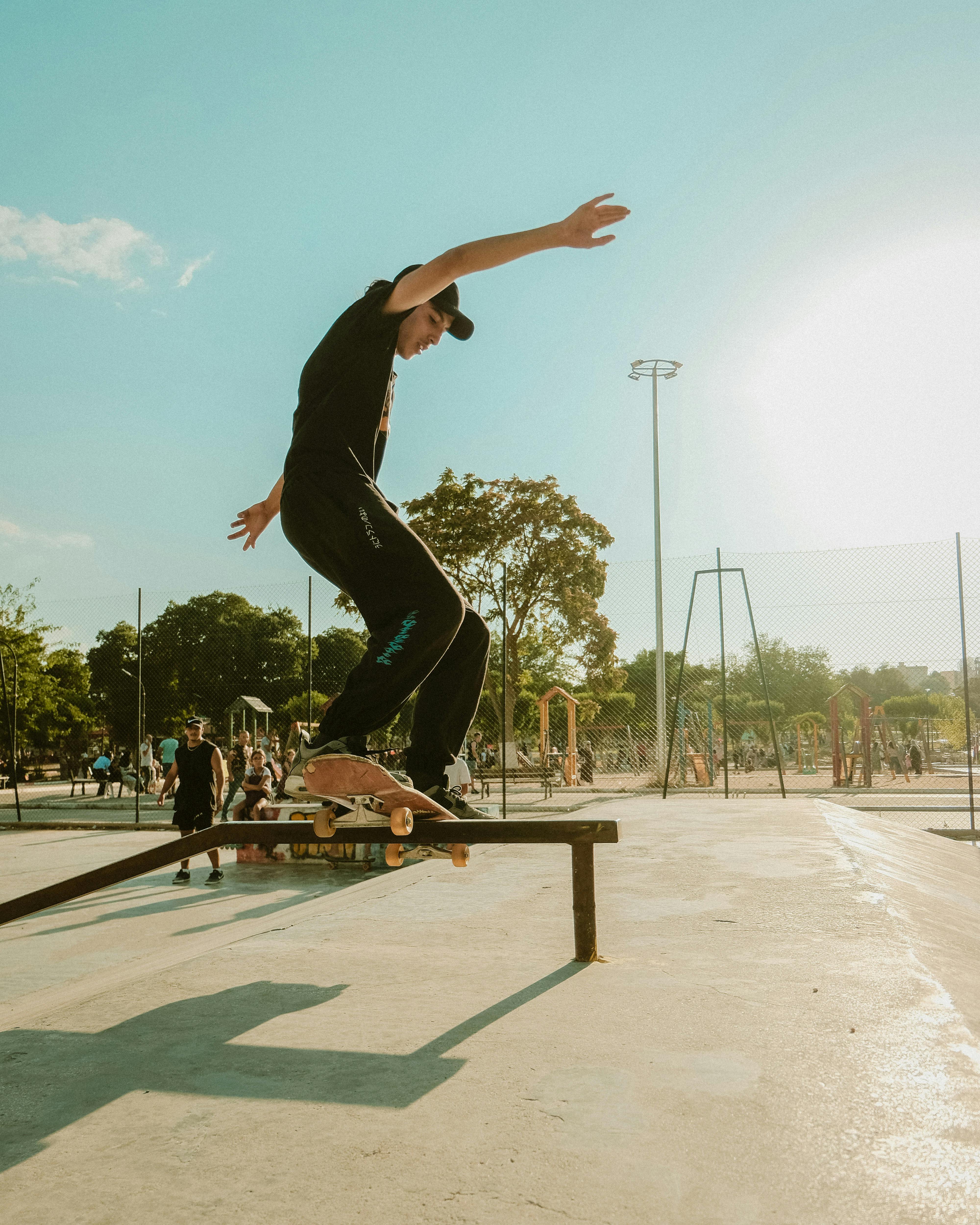Imagine soaring through the sky, effortlessly controlling your RC helicopter or quadcopter with precision and skill. But before you can reach that level of mastery, you may be wondering if there are different skill levels for flying these remote-controlled wonders. Well, the answer is yes! Just like any other hobby, flying RC helicopters and quadcopters requires practice and experience to advance from a beginner to a seasoned pilot. In this article, we’ll explore the different skill levels involved in mastering these aerial marvels, and how you can navigate your way through each stage of expertise. So fasten your seatbelts and get ready to take flight!

Basic Skills for Flying RC Helicopters and Quadcopters
Understanding the Controls
To become proficient in flying RC helicopters and quadcopters, it is essential to first understand the basic controls. The primary controls include throttle, yaw, pitch, and roll. Throttle controls the power and altitude, yaw controls the direction, pitch controls the forward and backward movement, and roll controls the side-to-side movement. Familiarizing yourself with these controls will help you navigate the aircraft effectively.
Taking Off and Landing Safely
Taking off and landing safely is a fundamental skill in RC helicopter and quadcopter flying. Before taking off, ensure that the area is clear of obstacles and bystanders. Gradually increase the throttle to lift the aircraft off the ground, maintaining control using the yaw control to stabilize its direction. When landing, reduce the throttle gently to lower the aircraft and guide it down smoothly. Practicing these maneuvers in open spaces will help you gain confidence and avoid accidents.
Hovering in Place
Hovering in place is a key skill that allows you to stabilize the aircraft at a specific point in mid-air. Achieving a stable hover requires precise throttle control and adjustments to counteract any drift caused by wind or uneven surfaces. It is crucial to maintain a steady hand and make small, gradual adjustments to the controls to maintain balance. Practice hovering in different conditions and learn to anticipate and compensate for external factors such as wind.
Mastering Basic Flight Maneuvers
To progress beyond basic skills, it is essential to master basic flight maneuvers. These maneuvers include flying in straight lines, flying in circles, and performing controlled ascents and descents. As you gain confidence, you can start experimenting with more advanced maneuvers such as figure eights and loops. Practicing these maneuvers regularly will improve your overall control and agility in the air.
Intermediate Skills for Flying RC Helicopters and Quadcopters
Performing Stunts and Tricks
Once you have solidified your basic skills, you can start exploring the world of stunts and tricks. This involves executing exciting maneuvers such as flips, rolls, and spins. Performing these tricks requires a combination of precise control inputs and understanding the flight characteristics of your specific aircraft. It’s essential to start with simple stunts and gradually progress to more complex ones as your skills develop.
Navigating Obstacles
Navigating obstacles is a crucial skill for both recreational and professional flyers. Whether it’s flying through hoops, passing gates, or maneuvering around trees, mastering obstacle navigation requires a keen sense of spatial awareness and precise control inputs. Start with simple obstacles and gradually increase the difficulty as you become more comfortable. This skill will significantly improve your flying abilities and open up new opportunities for challenging flights.
Flying in Windy Conditions
Flying in windy conditions is a skill that distinguishes intermediate pilots from beginners. Strong winds can significantly impact the stability and control of your aircraft. Learning to counteract these effects by making subtle adjustments to the controls is key to maintaining stability and control. It’s important, however, to exercise caution and avoid flying in extremely turbulent or gusty conditions, as they can pose a safety risk.
Executing Smooth Turns
Smooth turns are an essential aspect of flying RC helicopters and quadcopters. Whether you’re flying in open spaces or navigating through tight areas, executing turns smoothly and efficiently is crucial. Practice banking your aircraft smoothly by gradually adjusting the roll and yaw controls to control the radius and speed of the turn. With practice, you’ll be able to perform seamless turns, enhancing the overall flow and aesthetics of your flight.

Advanced Skills for Flying RC Helicopters and Quadcopters
3D Flying and Aerobatics
3D flying and aerobatics take RC helicopter and quadcopter flying to an entirely new level. This advanced skill encompasses maneuvers such as inverted flight, tic-tocs, funnels, and high-speed rolls. Mastering 3D flying requires a high level of control, coordination, and understanding of the flight characteristics of your aircraft. It’s crucial to progress gradually and practice in a safe and open environment to avoid accidents.
Precision Flying and Maneuvers
Precision flying involves maintaining precise control over your aircraft and executing maneuvers with utmost accuracy. This skill is vital for tasks such as aerial photography, videography, and surveying. Practice flying in tight spaces, maintaining a consistent altitude and orientation, and executing precise movements. With time, you’ll develop the ability to fly with precision, enabling you to accomplish more demanding aerial tasks.
Mastering Different Flight Modes
Advanced RC helicopters and quadcopters often come with various flight modes that allow for more versatile and agile operation. These modes may include stability mode, agility mode, and GPS-assisted mode, among others. Mastering the different flight modes requires a deep understanding of their functionalities and how they affect the aircraft’s responsiveness and flight characteristics. Progressively experiment with these modes in controlled environments to become proficient in their usage.
Inverted Flight
Inverted flight is a challenging skill that involves flying the aircraft upside down. It requires a high level of dexterity and spatial awareness, as the control inputs are reversed. Mastering inverted flight typically comes after gaining proficiency in other advanced maneuvers and flight skills. Start by practicing inverted hovering and gradually progress to more complex inverted flight patterns. Patience, practice, and a calm approach are essential when attempting these maneuvers.
Specialized Skills for Flying RC Helicopters and Quadcopters
FPV (First-Person View) Flying
FPV flying allows you to experience the thrill of flying from an immersive first-person perspective. This specialized skill involves using a camera mounted on the aircraft to provide a live video feed to a set of goggles or a monitor. Mastering FPV flying requires not only piloting skills but also familiarity with the equipment and transmission systems. Start with shorter distances and open areas, gradually increasing the complexity and range of your FPV flights.
Long-Range Flying
Long-range flying involves piloting your RC helicopter or quadcopter over extended distances. This advanced skill requires a solid understanding of the aircraft’s flight characteristics, flight time limitations, and navigation systems. Adequate planning, thorough pre-flight checks, and maintaining good communication are essential for long-range flights. Familiarize yourself with local regulations and take necessary precautions to ensure safe and successful long-range flights.
Drone Racing Skills
Drone racing has gained popularity as an exciting competitive sport. This specialized skill combines speed, agility, and precision. Drone racing requires pilots to navigate through challenging courses, often indoors or in outdoor settings. To excel in drone racing, it’s important to practice flying at high speeds, mastering tight turns, and maintaining steady control under pressure. Participating in local racing events and joining racing leagues can provide valuable opportunities to sharpen your skills.
Gimbal Operation for Aerial Photography/Videography
Operating a gimbal is a crucial skill for capturing smooth and stable aerial shots. A gimbal reduces unwanted movement and vibrations, allowing for professional-quality aerial photography and videography. Mastering gimbal operation requires a combination of pilot skills and knowledge of camera settings. Practice maintaining a stable hover while adjusting the gimbal position to capture the desired shots. Experiment with different camera movements and angles to develop your own unique style.

Tips and Resources for Improving Flying Skills
Practicing Simulators
Flight simulators provide a safe and cost-effective way to practice and improve your flying skills. Utilize simulators specifically designed for RC helicopter and quadcopter flying to get hands-on experience in different flying scenarios. Simulators allow you to practice maneuvers, test your skills in various weather conditions, and even compete with other virtual pilots. Regularly incorporating simulator practice into your training routine can greatly enhance your real-life flying abilities.
Joining a Local RC Club
Joining a local RC club is an excellent way to connect with fellow enthusiasts and experienced pilots. These clubs often organize flying sessions, provide training resources, and offer mentorship opportunities. By joining a club, you can learn from experienced pilots, exchange knowledge and tips, and participate in group activities such as competitions and workshops. The support and camaraderie found in RC clubs can significantly contribute to your growth as a pilot.
Attending Workshops and Events
Attending workshops and events related to RC helicopter and quadcopter flying can be highly beneficial for improving your skills. Workshops typically offer hands-on training, expert guidance, and the opportunity to learn from industry professionals. Events such as airshows and expos provide an immersive experience, allowing you to witness advanced flying demonstrations and explore the latest technologies and trends. Keep an eye out for local and regional events to expand your knowledge and network within the RC community.
Learning from Online Resources
The internet is a treasure trove of resources for RC helicopter and quadcopter pilots. Numerous websites, forums, and tutorial videos provide valuable insights, tips, and instructional materials. Online communities allow you to connect with pilots from around the world, exchange experiences, and seek advice. Engage in online discussions, subscribe to reputable YouTube channels, and follow reliable websites to stay updated on the latest techniques, technologies, and best practices in the world of RC flying.
Safety Considerations for Flying RC Helicopters and Quadcopters
Understanding Local Laws and Regulations
Before you take to the skies with your RC helicopter or quadcopter, it is essential to familiarize yourself with local laws and regulations regarding unmanned aircraft. Different regions may have specific rules regarding where and when you can fly, height restrictions, and registration requirements. Complying with these regulations not only ensures your safety but also promotes responsible flying within your community.
Performing Pre-flight Checklists
Performing pre-flight checklists is a critical safety measure that should never be overlooked. Before each flight, thoroughly inspect your aircraft for any damage, loose components, or malfunctioning parts. Ensure that your batteries are fully charged and securely attached. Double-check your control settings and verify that your GPS and other navigation systems are functioning correctly. Following a pre-flight checklist significantly reduces the risk of mid-air malfunctions and accidents.
Using Safety Gear
Using appropriate safety gear is essential for protecting yourself and others during RC helicopter and quadcopter flights. Always wear safety glasses or goggles to shield your eyes from propeller strikes or debris. Consider wearing gloves to protect your hands from potential injuries. Additionally, flying in open areas where there are no bystanders reduces the risk of accidents and ensures a safe environment for flying.
Avoiding Flying in Restricted Areas
To ensure safety and abide by regulations, it is critical to avoid flying your RC helicopter or quadcopter in restricted areas such as airports, military facilities, or private properties without permission. Respect no-fly zones and designated airspaces. Flying in restricted areas not only puts your aircraft at risk but also poses a threat to manned aircraft and can result in legal consequences. Prioritize safety and fly responsibly within authorized areas.
Common Mistakes and How to Avoid Them
Overestimating Skill Level
One common mistake beginners make is overestimating their skill level and attempting advanced maneuvers before mastering the basics. It is important to progress gradually, practicing and honing each skill before moving on to more complex tasks. Building a strong foundation ensures safer flying and allows for steady improvement without unnecessary risks.
Lack of Flight Planning
Another mistake pilots often make is neglecting proper flight planning. Before each flight, take the time to assess weather conditions, check for any airspace restrictions, and plan your route accordingly. Having a clear flight plan and understanding potential obstacles or hazards in advance minimizes the chances of accidents and helps you make informed decisions during the flight.
Neglecting Regular Maintenance
Regular maintenance is key to keeping your RC helicopter or quadcopter in optimal condition. Neglecting maintenance tasks, such as cleaning, inspecting, and replacing worn-out parts, can lead to unexpected failures during flight. Create a maintenance schedule and follow manufacturer guidelines to ensure your aircraft operates safely and reliably. Regularly inspecting and maintaining your equipment will prolong its lifespan and provide a better flying experience.
Ignoring Battery Safety
Battery safety is of utmost importance when flying RC helicopters and quadcopters. Always use high-quality batteries that are designed for your specific aircraft. Take care to follow proper charging practices, avoid overcharging, and store batteries in a safe and appropriate manner. Understanding and adhering to battery safety guidelines significantly reduces the risk of accidents, fires, or damage to your equipment.
Finding the Right Skill Level for You
Analyzing Personal Interest and Goals
Finding the right skill level starts with analyzing your personal interest and goals. Consider whether you are more inclined towards recreational flying, aerial photography, 3D flying, or competitive racing. Identifying your passion will help determine the specific skills you need to develop and the level of expertise you aim to achieve.
Seeking Guidance from Experienced Pilots
Seeking guidance from experienced pilots is invaluable when determining your skill level. Reach out to local RC clubs, attend flying events, or connect with fellow enthusiasts who have extensive flying experience. They can provide insights, share their personal journeys, and recommend appropriate steps to progress in your flying skills.
Starting with Beginner-friendly Models
If you are new to RC helicopter and quadcopter flying, it is advisable to start with beginner-friendly models. These models are designed to be stable, easy to control, and forgiving to minor mistakes. Starting with a beginner-friendly model allows you to build a strong foundation in basic flying skills before moving on to more advanced aircraft.
Setting Realistic Expectations
Setting realistic expectations is crucial in finding the right skill level. Recognize that learning to fly RC helicopters and quadcopters takes time and practice. Each individual progresses at their own pace. Embrace the learning process, celebrate small achievements, and set achievable goals that align with your dedication and commitment to the hobby.
The Joys and Benefits of Flying RC Helicopters and Quadcopters
Thrill and Excitement
Flying RC helicopters and quadcopters brings immense thrill and excitement. Controlling a nimble aircraft in the air, performing daring maneuvers, and experiencing the sensation of flight firsthand is an exhilarating experience. The sense of freedom, combined with the adrenaline rush, makes this hobby one that is enjoyed by people of all ages.
Improving Hand-Eye Coordination
An often-overlooked benefit of RC helicopter and quadcopter flying is the improvement in hand-eye coordination. The precise control inputs required to maneuver the aircraft through various tasks help refine fine motor skills and coordination. Regular flying sessions strengthen this ability, which can have positive effects in other areas of life as well.
Opportunity for Aerial Photography/Videography
RC helicopters and quadcopters equipped with cameras offer a unique opportunity for aerial photography and videography. Capturing stunning images and videos from unique perspectives is a fulfilling aspect of this hobby. Whether it’s capturing landscapes, events, or creating cinematic footage, aerial photography and videography elevate the overall experience and showcase the world from a different angle.
Socializing with Fellow Hobbyists
Flying RC helicopters and quadcopters provides an avenue for socializing and connecting with fellow hobbyists. Joining local RC clubs, attending events, or participating in online communities opens doors to meet new people who share the same passion. Sharing experiences, exchanging tips and tricks, and witnessing the achievements of others creates a sense of camaraderie and fosters long-lasting friendships.
Conclusion
Flying RC helicopters and quadcopters is an exciting and rewarding hobby that offers a wide range of skills to develop. Starting with the basic skills of understanding controls, taking off and landing safely, hovering in place, and mastering different flight maneuvers lays a strong foundation for progression. As you advance, you can explore intermediate skills such as performing stunts, navigating obstacles, flying in windy conditions, and executing smooth turns. Further, you can dive into advanced skills like 3D flying, precision flying, mastering flight modes, and inverted flight. Specialized skills such as FPV flying, long-range flying, drone racing, and gimbal operation for aerial photography/videography add additional dimensions to the hobby. By following safety considerations, avoiding common mistakes, and finding the right skill level according to personal interest and goals, you can flourish in the world of RC helicopters and quadcopters. Embrace the joys, benefits, and the lifelong learning journey that this hobby offers, and let your flying skills soar to new heights.


